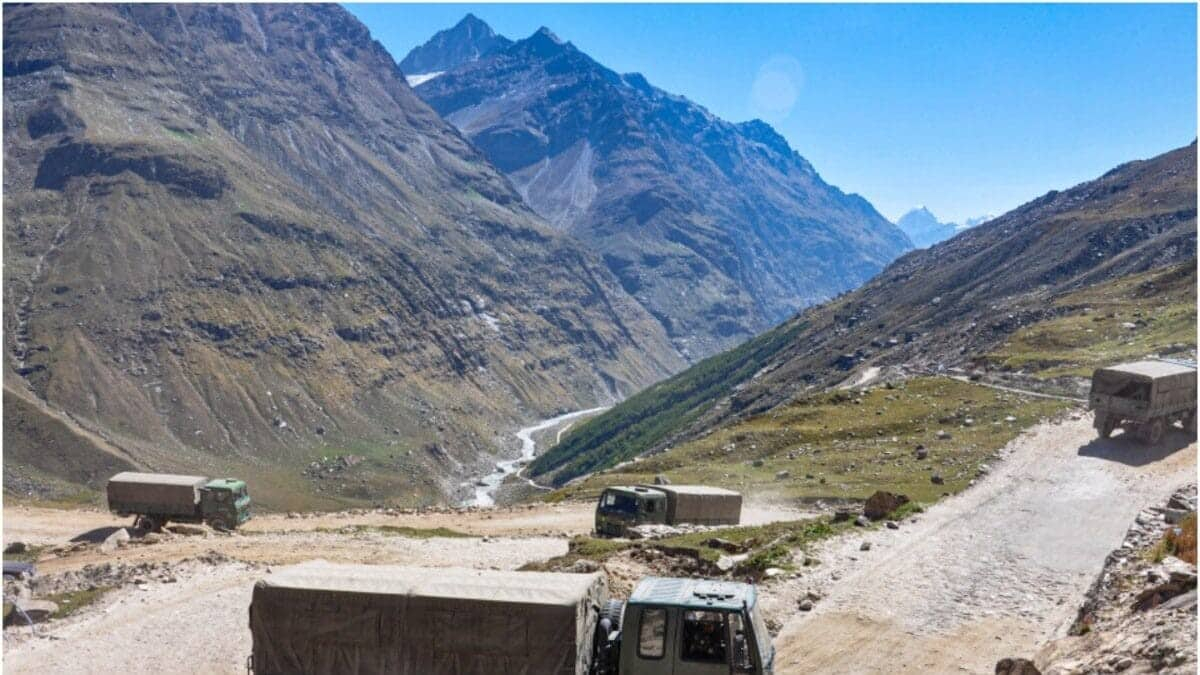
India, China begin LAC disengagement, remove temporary tents
What's the story
India and China have started disengaging troops at the Line of Actual Control (LAC) in eastern Ladakh, CNN-News18 quoted sources as saying. The development comes after an agreement to end a nearly four-year-long military standoff. Temporary tents have been removed from the friction points of Depsang and Demchok. Local commanders are overseeing the current disengagement under broad terms set at a senior level.
Disengagement progress
Progress in disengagement, joint verification to follow
Defense sources said that nearly 40% of temporary structures have been removed and they expect to reach 60% soon. After the complete removal of structures, there will be a joint verification by land and air. This agreement was endorsed by Prime Minister Narendra Modi and Chinese President Xi Jinping at the BRICS Summit in Russia. They also directed efforts to revive bilateral dialogue mechanisms to normalize relations affected by the 2020 Galwan clash.
Consensus reached
'Broad consensus' on patrolling, grazing activities: Singh
Defence Minister Rajnath Singh underscored a "broad consensus" on patrolling and grazing in traditional areas at the Chanakya Defence Dialogue 2024 in New Delhi. He stressed that "solutions will emerge" through continuous dialogue. Despite progress, military officials indicate that current deployments in eastern Ladakh may persist through winter due to complex issues remaining unresolved. The situation in Depsang has been tense since 2020 when Chinese troops blocked Indian access to several patrol points.
Disengagement details
Troop disengagement expected to resolve LAC issues
Foreign Secretary Vikram Misri announced the agreement would lead to troop disengagement and eventual resolution of LAC issues from 2020. The withdrawal process is expected to be lengthy as winter approaches, requiring detailed agreements on de-escalation modalities. Reports suggest both sides agreed on patrolling arrangements with limited troop numbers to reduce confrontations. A former Indian diplomat cautioned against repeating past resolutions like the Doklam standoff, where Chinese troops later strengthened their positions.